In the beginning, Nepalese Art came into being in the Nepal valley, now it is Kathmandu Valley. Ancient Nepal used to be a land-linked prosperous country, a prime locale between India and China, bridging and uniting diverse peoples. Travel and mercantile relations brought about an inter-penetration of philosophies and traditions, adding a new dimension to Nepali culture and vice versa.
The mid-19th century saw the shift from religious to secular arts, particularly with the rise of the Shahs and Ranas. Nepal’s political isolationism from 1846-1950 during the Rana autocracy resulted in the development of European-derived art, with grand-scale oil portraiture and courtly life of the Ranas.
Artists still belonged to the painter caste group among the Newars and Chitrakar; Dirghaman Chitrakar traveled to Europe with the Rana prime ministers to gain a first-hand understanding of European aesthetics, academic styles, and realism.
In the Mid-20th century art scene ushered the definitive beginnings of contemporary and modernism by two influential Nepalese artist Chandra Man Singh Maskey and Tej Bahadur Chitrakar who have studied form India in the early 1920 AD. Their modernist tendencies are most evident in their introduction to a new genre of the subject. Interestingly enough, these two men; were born in the same year, both received their education at the same school and together brought the influence of the Bengali school of art with them to Nepal. Therefore, they were the first officially recognized master teacher in Modernism and contemporary subject in Nepal.
After the end of the autocratic Rana regime in 1951 AD the country, under the liberal rule of king Tribhuvan, for the first time opened itself up to outsiders coming in and modern ideas reached Nepal from all over the world. In the first years of this opening, a kind of general euphoria prevailed in the country at the new freedoms likewise; better education, opportunities.
The Development of art in Nepal since the middle of the 1960AD has been surprising, First and foremost, because of its sudden, and very innovation; because of Some Abstract painting came to Nepal form Europe.
‘It is within this context of the third generation of contemporary Nepali artists that a new movement towards experimentation, social engagement, and a socially conscious art practice’.
In 1961 AD the Royal Nepal Academy has been established by king Mahindra also an independent arts institution, Nepal Arts Council was established with the specific aim of creating public gallery spaces for exhibitions.
In 1964AD, NAFA (Nepal Association of Fine Arts) under the auspices of the Royal Nepal Academy was formally established to create a platform for annual exhibitions of contemporary art, and the first contemporary art museum was also instituted. Several art schools were also established, among them Lalit Kala Academy and Sirjana Fine Arts School are the most prominent. Despite the initiatives of the government in these various institutions, contemporary art was still seen as an intellectual academic pursuit, focusing on aspects of technique, aesthetics, and experimentation by individual artists, rather than as a collective. Private institutions, primarily art galleries such as Siddhartha Art Gallery, Nepal Art Council, and Park Gallery provided spaces for exhibitions, and exposure to international shows.
During that time, Lain Singh Bangdel was one of the master teachers in art, in 1979 AD under the king Birendra, he became director of the academy. Lain Singh Bangdel had completed his art education from Calcutta India, following that widened his knowledge in London and above all Paris, where he came into contact with modern Europe and contemporary art, particularly cubism and abstract.
This experience led to the ripening of the idea of initiating a school of modern abstract art in Kathmandu Nepal.
In The 1960-61, After the return of Lain Singh Bangdel to Nepal from Europe, the development of modern Nepal took a new turn and for the first time in Nepal there is a first exhibition of modern and figurative painting on a large scale.
Bangdel was the first Nepali artist to introduce the trends of modernism to Nepal, his artistic experimentation and innovation, specifically abstraction, but one that embodied a deeply personal expression of the artist’s inner self for the second generation of artists.
In the 1980 Successful female artists in Nepal were also active in a contemporary manner with feminine experiences. the art produced by contemporary Nepali women artists expressed forcefully a shift from simply the aesthetically derived works towards a perception of the world centering around their gendered identities. It is within this context of the third generation of contemporary Nepali artists that a new movement towards experimentation, social engagement, and a socially conscious art practice.
Even after Nepal became a Republic in 2009, the contemporary artists collectively agree that the new Academy continues in the same conservative ways that it did two decades ago.

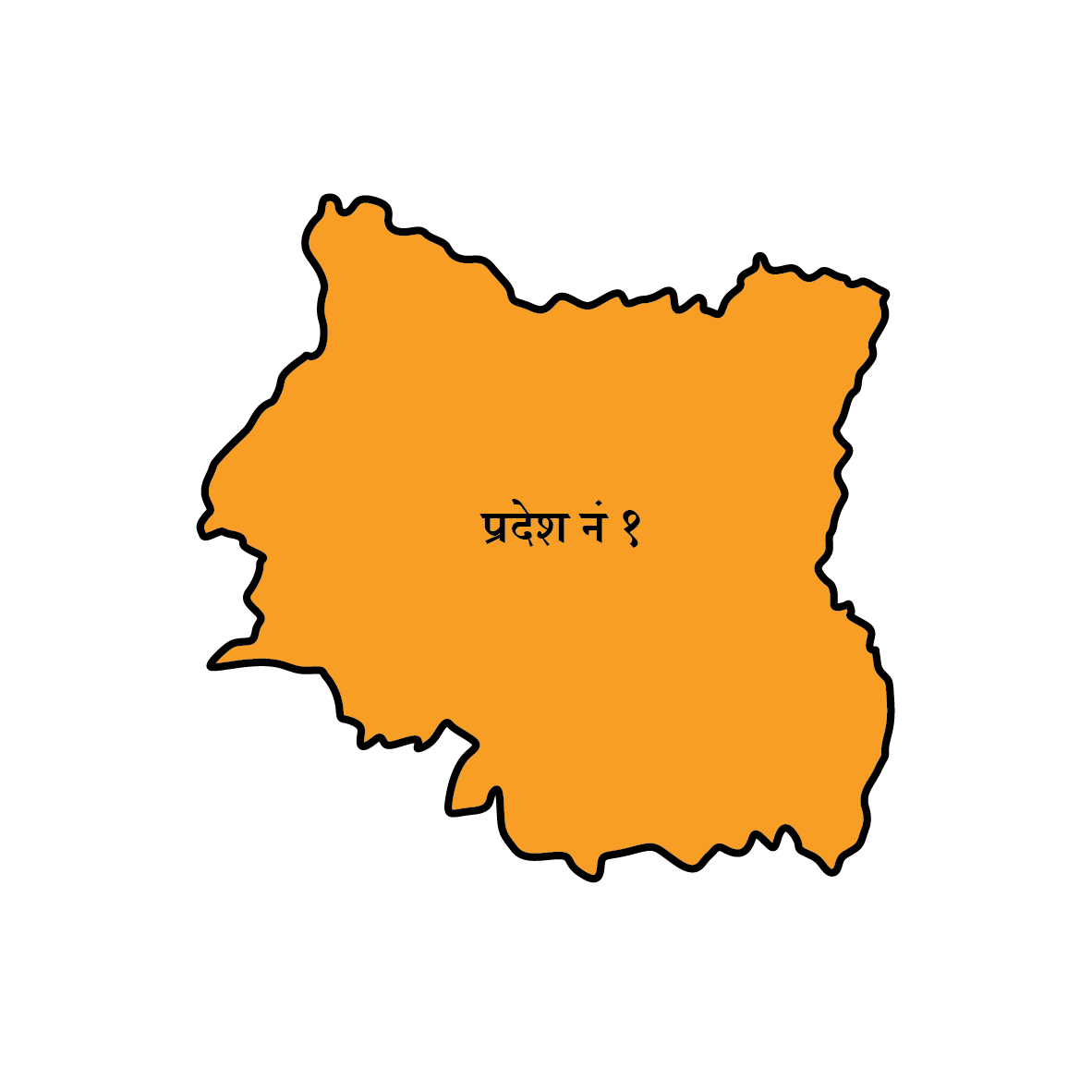 कोशी प्रदेश
कोशी प्रदेश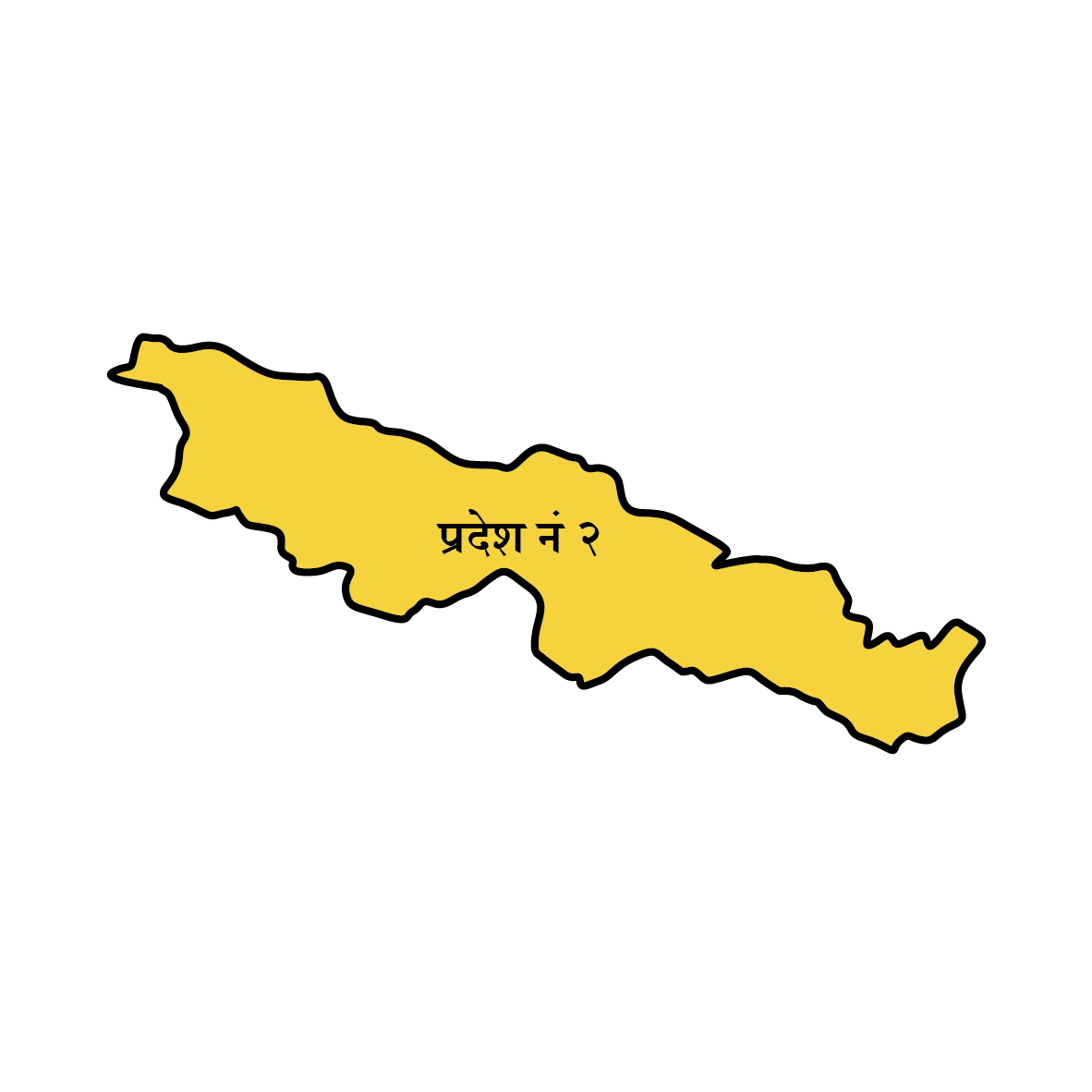 मधेश प्रदेश
मधेश प्रदेश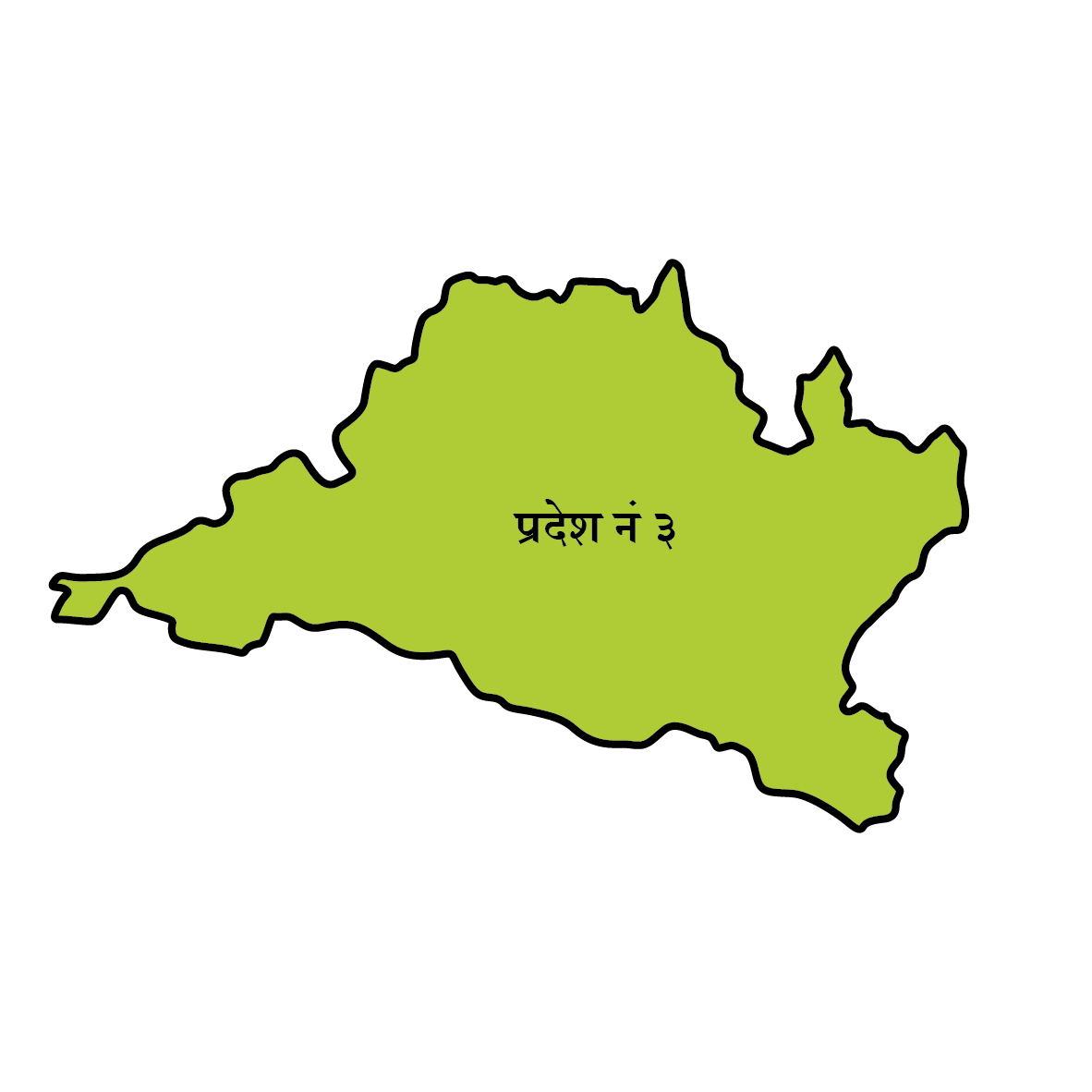 बागमती
बागमती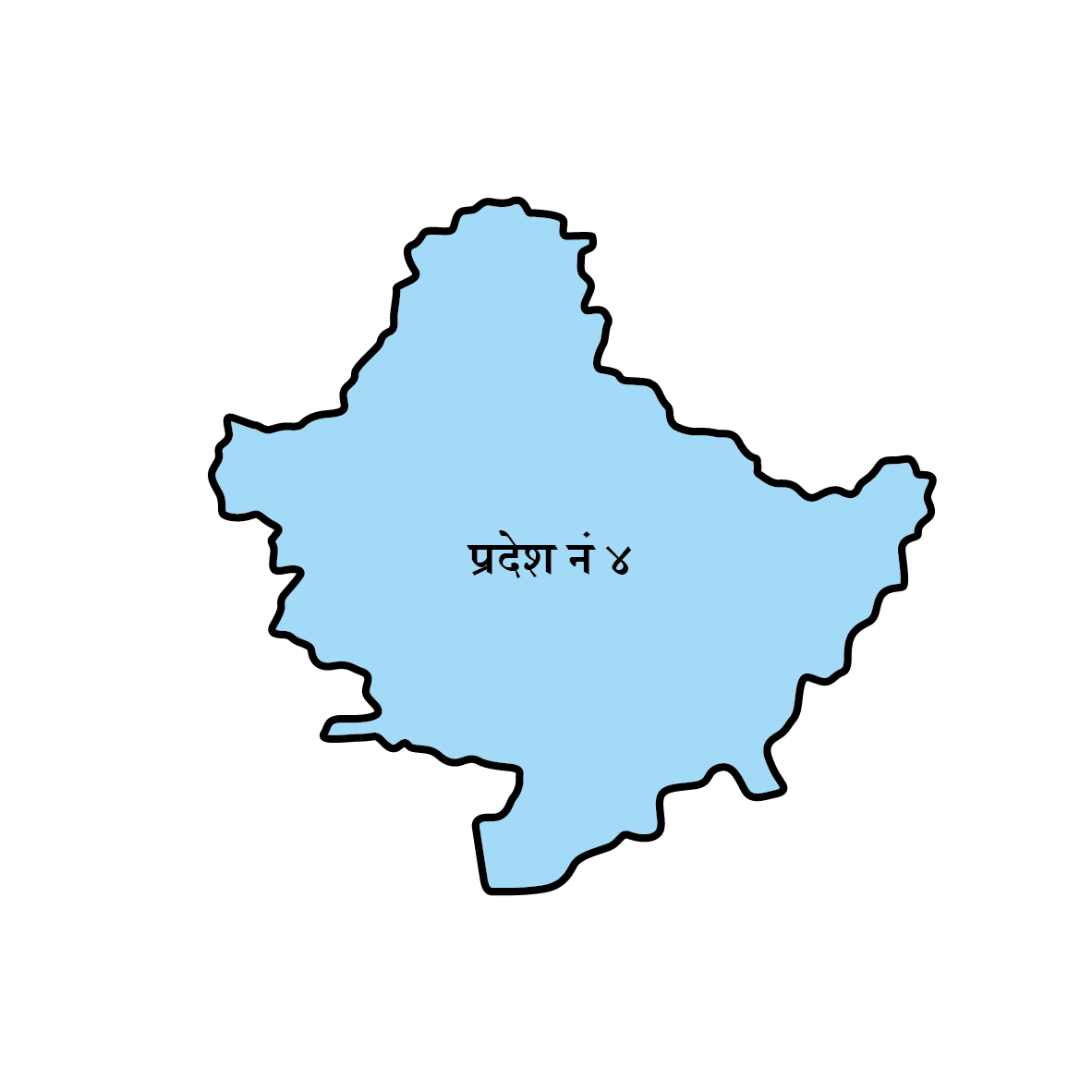 गण्डकी
गण्डकी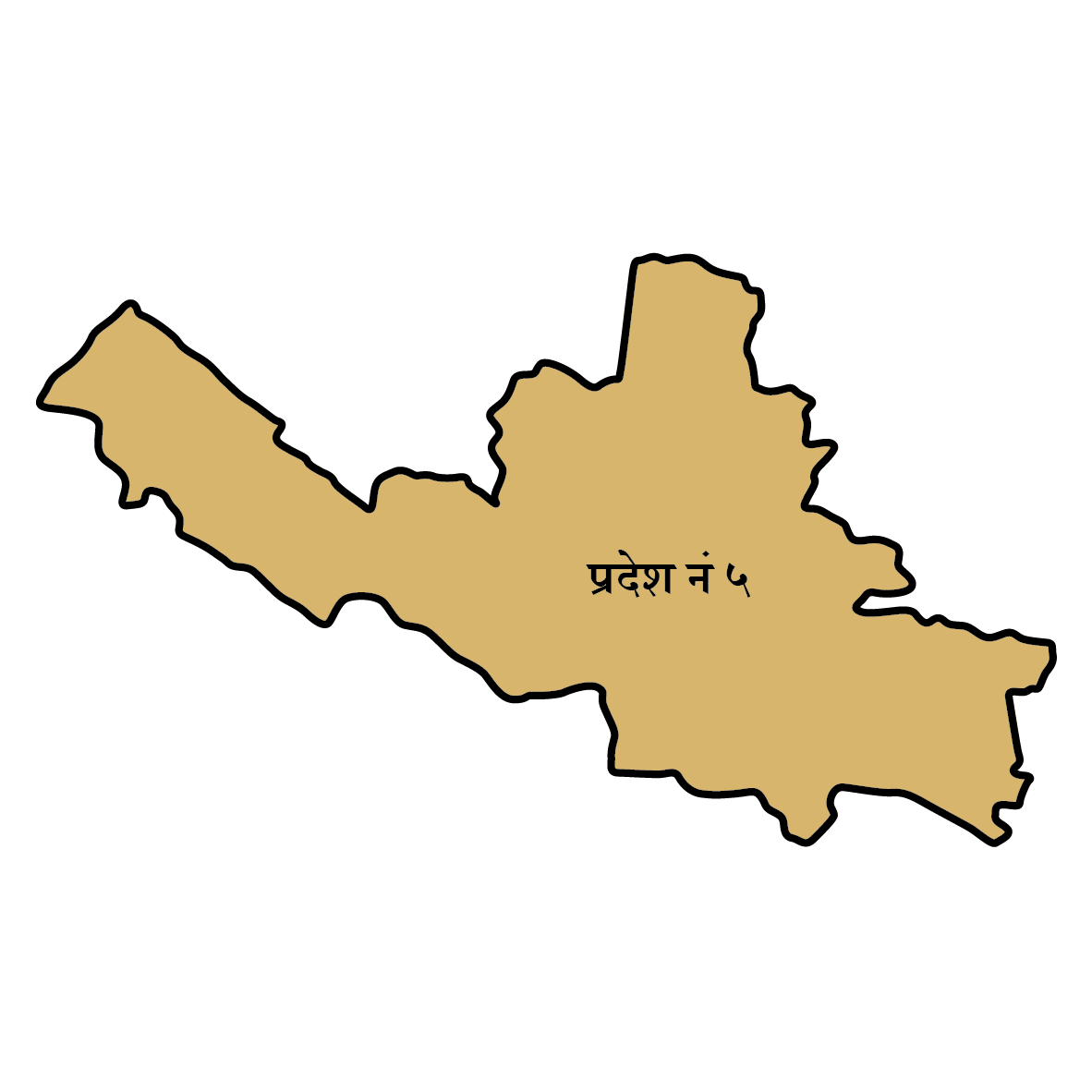 लुम्बिनी
लुम्बिनी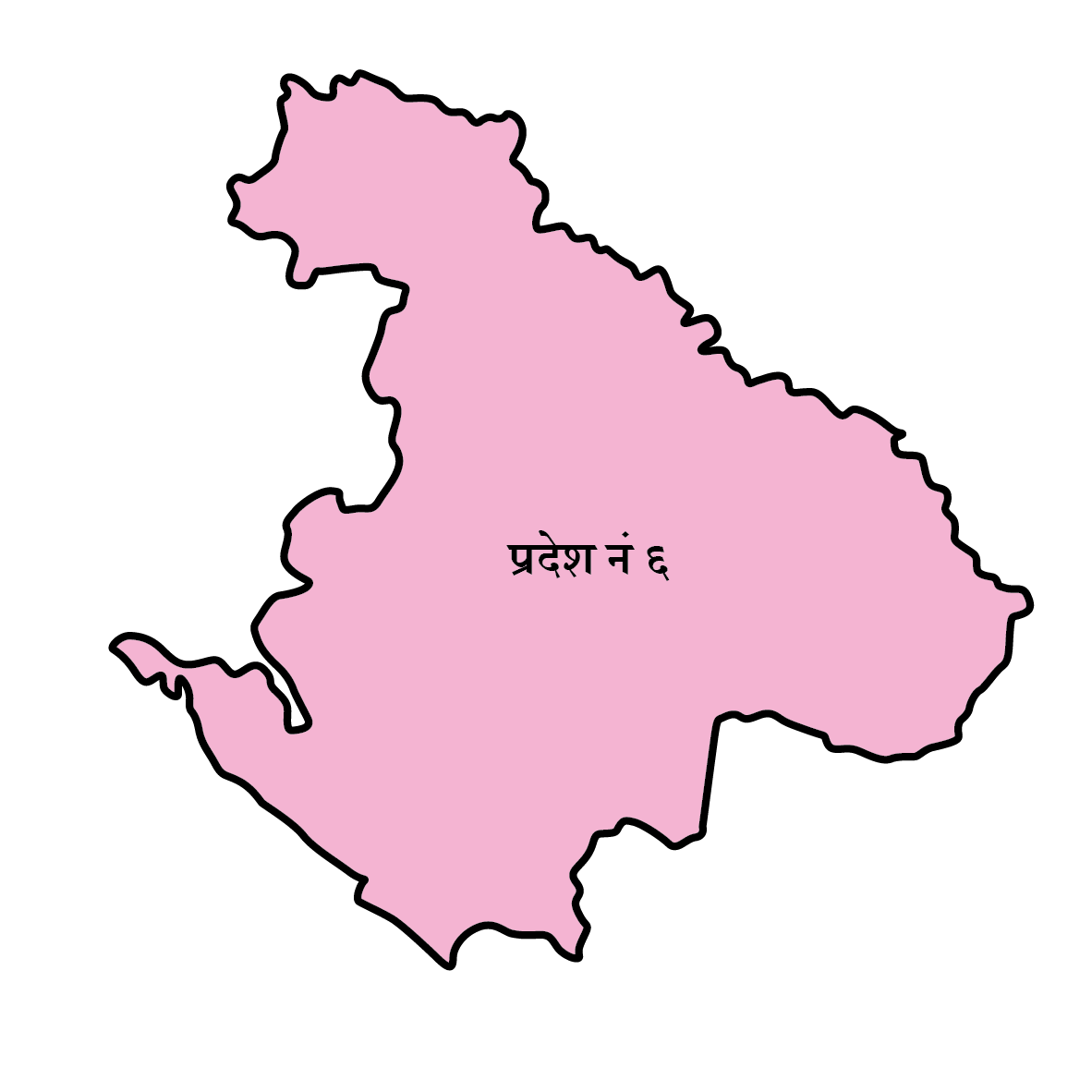 कर्णाली
कर्णाली 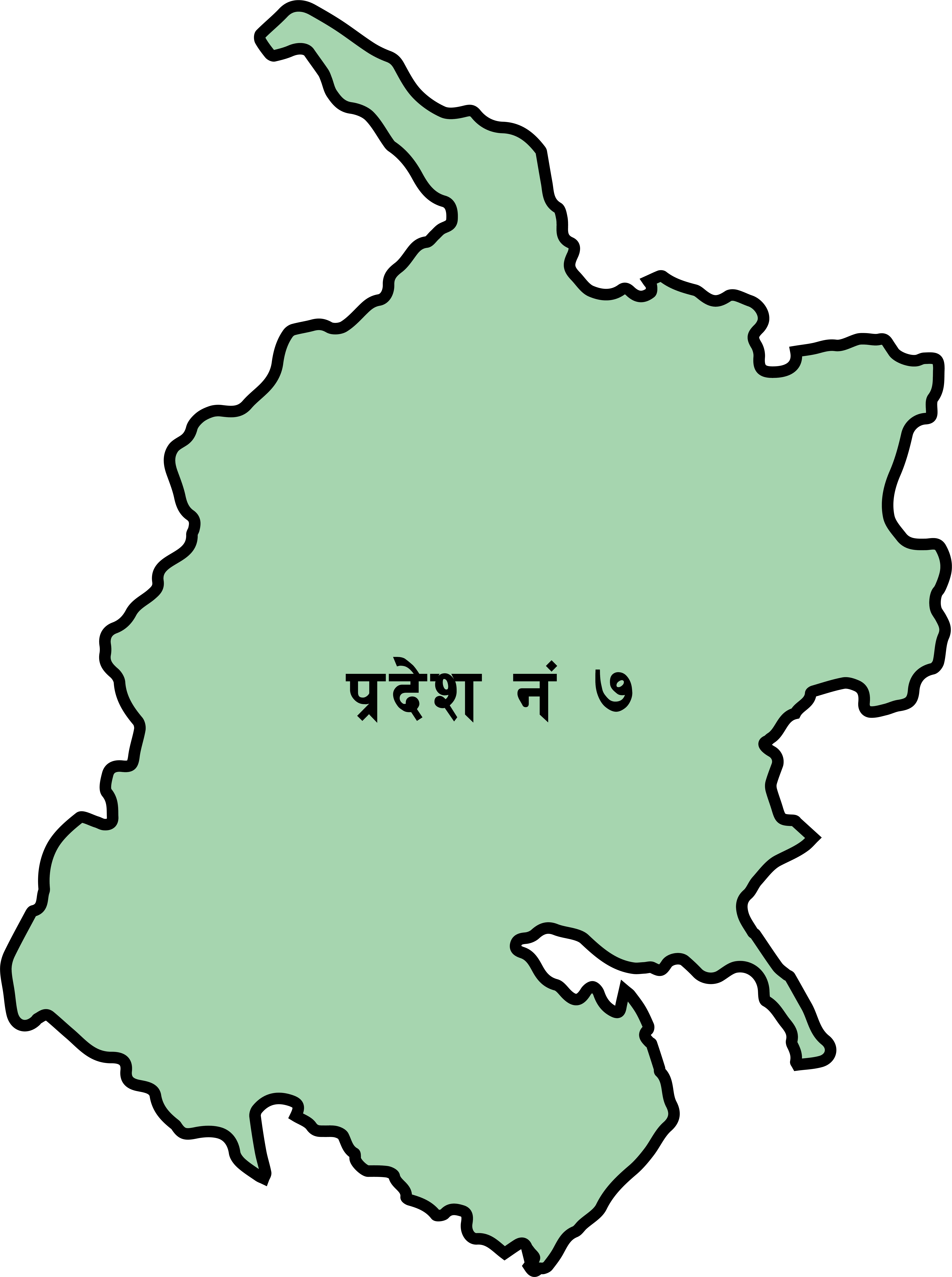 सुदूरपश्चिम
सुदूरपश्चिम
















